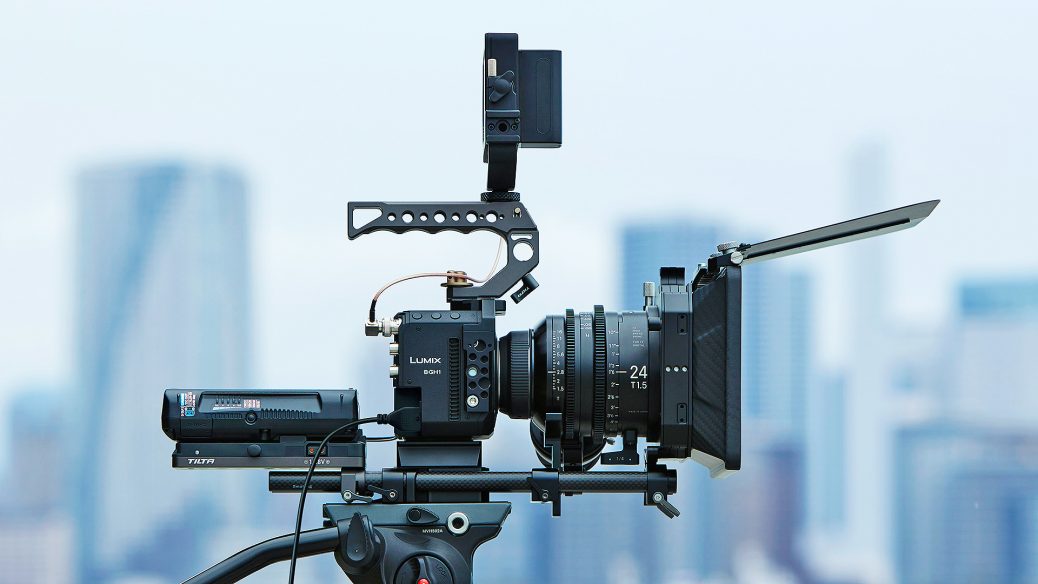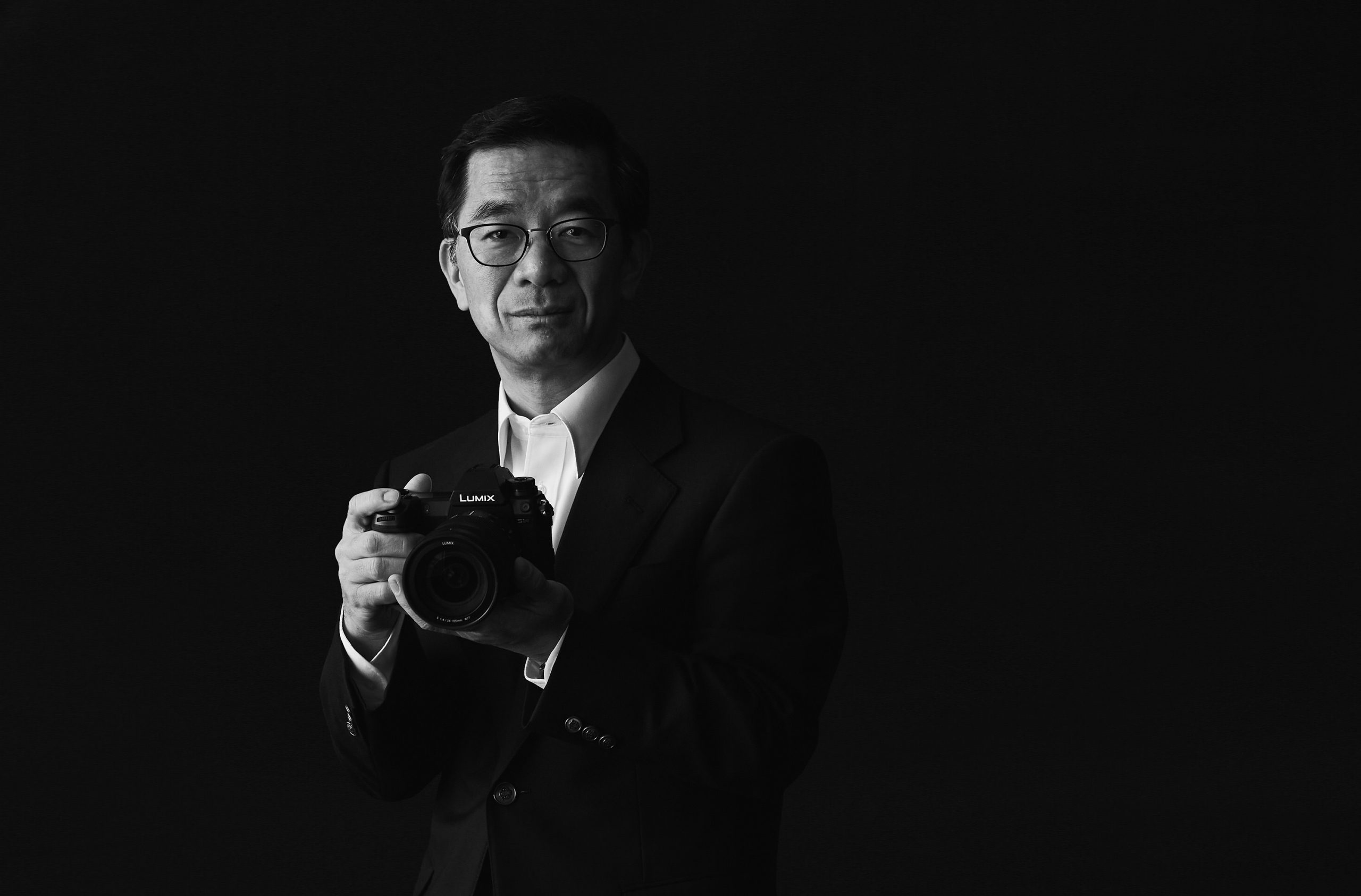Yosuke Yamane and the Future of Micro Four Thirds in Panasonic
Last week DPReview discussed remotely with Yosuke Yamane, director of Panasonic’s Imaging Division. Among the topics discussed were Panasonic’s approach to developing cameras for both photographers and videographers, upcoming improvements to autofocus, and the future of Micro Four Thirds.
“We have full-frame for creators who want more power to capture images and videos with a shallow depth of field, and M43 for creators who want compactness, lightweight, mobility, and an adequate depth of field,” he says.
Here are some of the most interesting news:
How Panasonic split their efforts in new lenses: “Since the launch of the S series, we have focused on developing full-frame lenses with the highest priority given to the early enhancement of the lineup. First of all, for professionals who are the target of the S series, we will enhance the S Pro lens range to deliver high performance that covers a wide range of focal lengths. And after the release of the S5 last year, we enhanced the range of lenses by achieving both compactnesses, lightweight, high performance, and an affordable price with our upcoming series of F1.8 primes as well as the recently introduced 20-60mm. As for M43 lenses, we now offer 31 lenses, which are useful for various scenes, and in the future, we are planning to develop more lenses that meet the needs of creators regardless of whether they shoot M43 or full-frame.”
Improving DFD autofocus: “Autofocus is a technology that is constantly advancing. With the recently released Lumix DC-S5, we have evolved the DFD algorithm based on the needs and feedback of creators, and we have received a positive response from the market following the release. However, we recognize that there are still issues that need to be improved to reach perfection when it comes to AF. We are currently considering further improvements, such as improving the processing capacity with new hardware and improving the accuracy with new software algorithms. Please look forward to the evolution of our AF in the future.”
How the future of Micro Four Thirds looks like: “We will strengthen our product lineup in both full-frame and Micro Four Thirds in order to support all shooting opportunities for creators. We have full-frame for creators who want more power to capture images and videos with a shallow depth of field, and M43 for creators who want compactness, lightweight, mobility, and an adequate depth of field. The product group consists of two systems with different characteristics, which supports various shooting scenes and demonstrates the creator’s imagination.
Last year, we introduced the Lumix DC-S5, which has a compact and lightweight body and high performance in both still images and videos. On the other hand, in M43, in addition to the GH5, GH5S, and G9 we introduced the Lumix DC-G100, which is highly portable and allows you to enjoy vlogging, and the box-style camera the Lumix DC-BGH1, which increases flexibility in video production and has excellent video performance and customizability. M43 has a wide range of uses, and many creators have high expectations for new M43 products. We will continue to strengthen the lineup from this year onwards.”
CFexpress versus SSDs for video: “It is interesting question, and both have their strengths. There is no doubt that the mobility of a mirrorless camera is maximized by small, in-camera storage. CFexpress is valuable in that aspect. On the other hand, the current CFexpress consumes a lot of power during high-speed writing. This is no problem with still images, but with videos it can cause the camera to heat up, and there is a concern that it will limit the recording time. As the bit rate gets higher, the risk of that happening will be higher as well.
Recording to an external SSD is one solution to the heat issue caused by internal recording. Connections with USB cables however would be a problem for those who need mobility. Even if a cartridge type is used, the whole setup will be huge. We therefore believe that the ideal solution is in-camera storage like CFexpress for video recording. It is expected that innovations will happen in future around lower power consumption of CFexpress, especially for long time video shooting.”
You can read the full interview on DPReview’s website.


